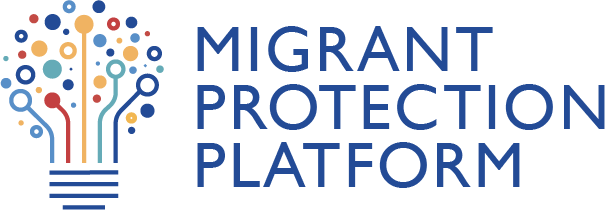An estimated 1.3 billion people – about 16% of the global population – currently experience significant disability according to the World Health Organization. To guarantee that this Platform is accessible for persons with disabilities and meets international accessibility standards, our team has actively worked on implementing the following accessibility improvements on the interface (based on the Web Content Accessibility Guidelines (WCAG) by the World Wide Web Consortium):
- Color contrast: the foreground and the blue background colors bring stronger contrast, allowing the users to read the content and experience fewer troubles differentiating colors or identifying border elements. Making the grey font colors darker also helps in making sure that they are more distinguishable from the white and other grey backgrounds.
- 200% zoom: many users have vision correction and need to be able to increase the screen font size so they can read content more easily. Zooming up to 200%, in Windows (holding the CTRL key while pressing + to zoom in or - to zoom out) or Mac environments (Command key and + / -) improves the experience for persons with vision challenges, and it does not impact the content nor impair its layout.
- Alternative text: if the images are not being displayed, the alt text acts as a description of the pictures while bringing more context. In the scenario of users using a screen reader, the technology converts it to audio that will be read out loud.
- Keyboard navigation: using the Tab key allows users to navigate with the keyboard and check links by pressing the Spacebar or Enter key. Clicking the enter key on boxes allows the users to interact with the content. With dropdowns, the users can click on the enter key to either expand or collapse the items and they can tab through the contents.
These accessibility improvements have been implemented while recognizing that due to the rapid evolution of digital ecosystems and tools, these features and improvements are part of a continuous work in progress.
It should be noted that several IOM colleagues with visual impairments generously contributed with their time to test and provide feedback so that we are able to present a platform that is accessible to all.

